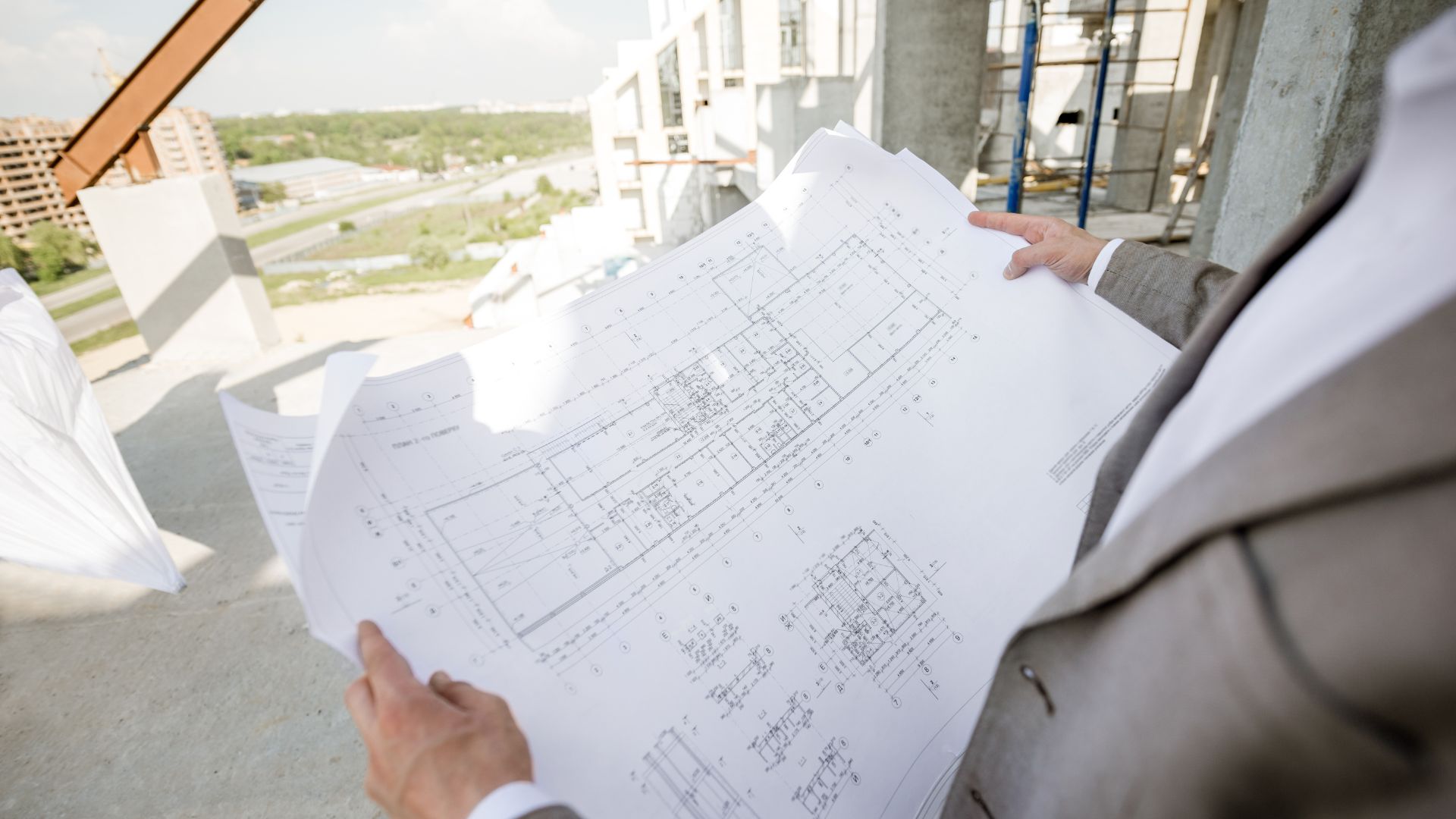When a client approaches Prime Architects with a potential development project, having access to as-built drawings is invaluable for several crucial reasons. Understanding the importance of as-built drawings in development projects is crucial for any developer (private or professional) aiming to ensure accuracy and efficiency from start to finish. These drawings are instrumental in providing accurate cost estimates and conducting comprehensive feasibility studies, ultimately ensuring that the planning and execution phases of the project are based on precise and reliable information.
What are As-Built Drawings?
So, what even are as-built drawings? As-built drawings, also known as record drawings or red-line drawings, are detailed representations of a building as it was actually constructed. Unlike preliminary designs or construction drawings, as-built drawings incorporate any changes made during the building process and reflect all modifications, adjustments, and deviations that occurred. These drawings are finalized after the completion of construction to show the building exactly as it exists.
Key Components of As-Built Drawings
These drawings are extensively detailed and include:
- Floor plans
- Elevations
- Sections
- Details of all building elements
- Mechanical, electrical, and plumbing services
As-built drawings provide a precise depiction of the building’s geometry, detailing room sizes, door and window specifications, and spatial relationships. They are annotated with notes and relevant construction information that impacts future maintenance or renovation projects.
As-Built Drawings vs. Traditional Floor Plans
Exploring as-built drawings vs traditional floor plans reveals significant differences that impact a developer’s approach to construction and documentation. While traditional floor plans are theoretical designs that outline how a building should be constructed, as-built drawings document how the building was actually built. This distinction is crucial in real estate development, where the final construction often deviates from initial plans due to on-site adjustments or unforeseen challenges.
Practical Implications for Developers
The benefits of as-built drawings for developers are numerous, affecting everything from project planning to regulatory compliance.
- Verification of Work: As-built drawings allow developers to verify that contractors have followed the architectural designs correctly and made adjustments approved by the relevant authorities.
- Resource Management: They help in managing resources more effectively by providing detailed insights into the materials and designs used, which is beneficial for future procurement and inventory management.
- Investment Assurance: For potential investors or buyers, as-built drawings serve as proof of the property’s compliance with advertised specifications and regulatory standards, thereby enhancing trust and transparency.
Why As-Built Drawings Are Important for Architects in Cost Estimates and Feasibility Studies
When Prime Architects is approached by clients for cost estimates and feasibility studies for a development project, accessing as-built drawings is crucial for several reasons:
- Accurate and Detailed Cost Estimations: These drawings provide a detailed record of a building’s existing conditions, crucial for forecasting costs accurately and managing budgets effectively.
- Streamlining Feasibility Studies: They offer essential data for assessing whether current structures meet local building codes, the viability of planned modifications, and the capacity of existing infrastructure to support new developments.
- Enhancing Client Consultations: As-built drawings help set realistic expectations for clients, facilitate clear communication about the project scope, and support strategic decision-making.
Conclusion
For developers working with Prime Architects, understanding and utilizing as-built drawings is not just about adhering to procedural norms—it is about ensuring meticulous planning and execution of development projects. These drawings provide a foundation of accuracy and detail that is indispensable for successful project outcomes, enhancing both the investment’s value and the development process’s efficiency.
For developers collaborating with Prime Architects, leveraging as-built drawings is more than just following procedural norms—it’s about ensuring meticulous planning and execution of development projects. As-built drawings lay a foundation of accuracy and detail that is indispensable for successful outcomes, boosting the investment’s value and the development process’s efficiency. If you’re aiming to maximize the accuracy and efficiency of your next project, reach out to Prime Architects today to see how our expertise and resources can make a difference.

